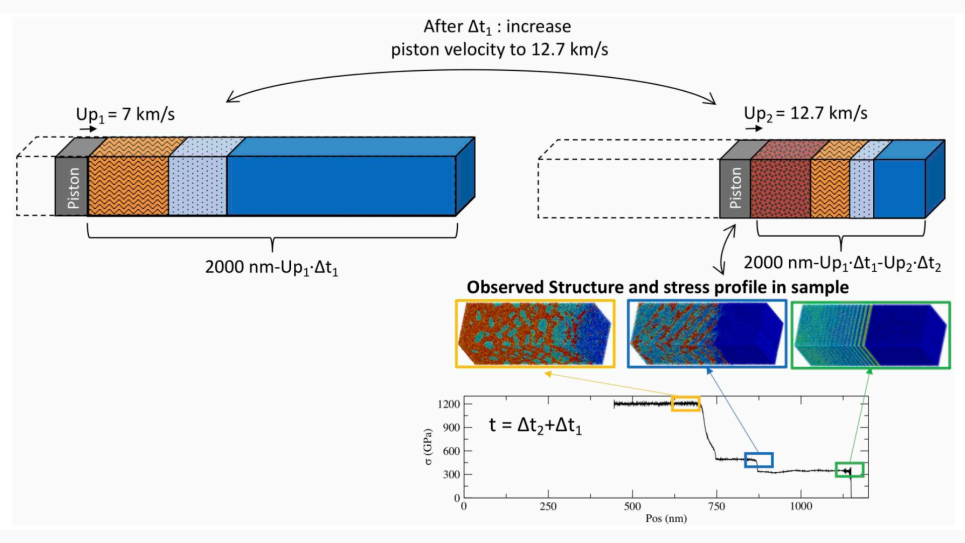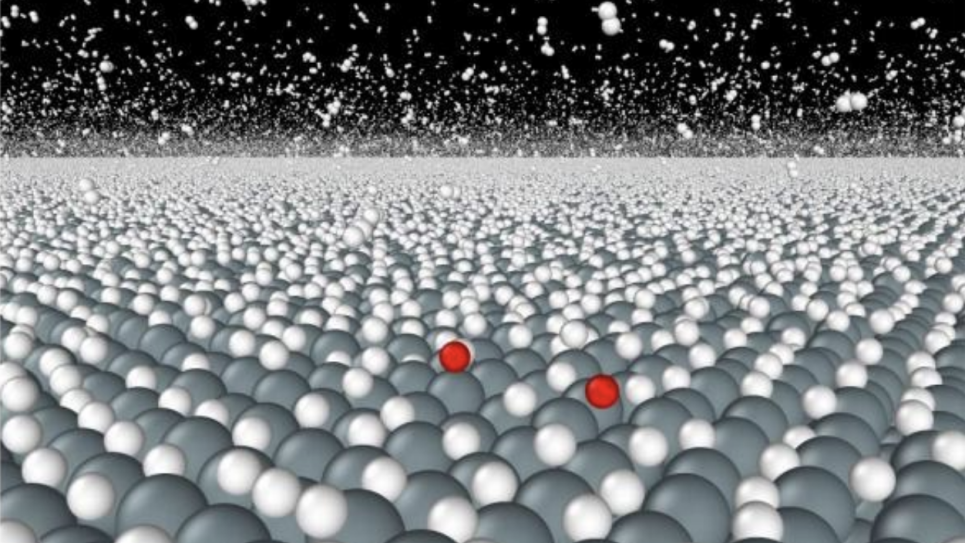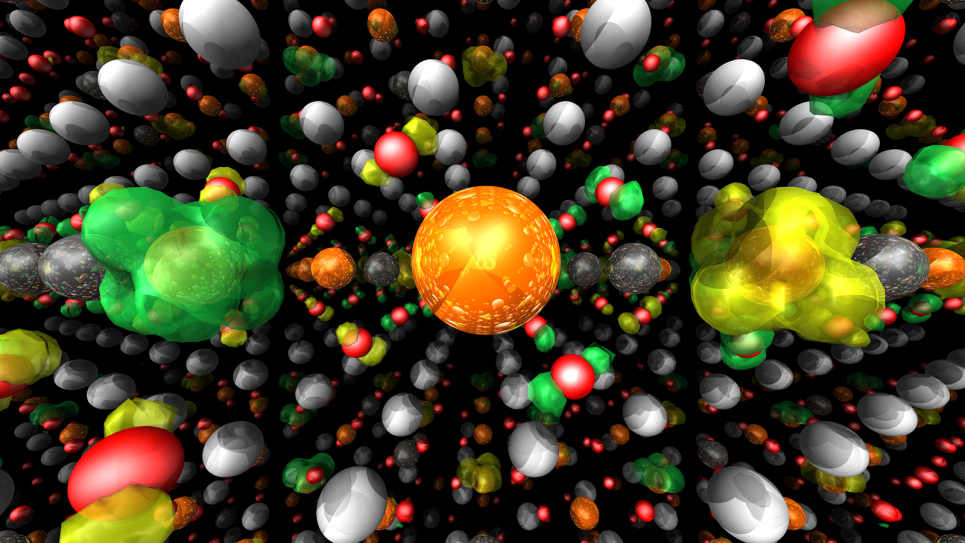This project seeks to develop a fundamental understanding of the interaction of intense X-rays with complex nanoscale systems, and to examine the potential applications of these X-rays. Study of the ultrahigh intensity regime of X-ray interactions with matter began with the advent of the Linac Coherent Light Source (LCLS) X-ray free-electron laser (XFEL). The achieved X-ray intensities can strip electrons from atoms from the inside out and create transient states of matter as the X-ray pulse progresses through the target. The project goal is to understand the correlation of sample excitation with the ultimate spatial resolution and elemental contrast achievable with XFEL pulses in heterogeneous samples, and to examine the dynamical processes induced by intense X-rays at the most fundamental level.
A hybrid quantum/classical simulation methodology will be used to investigate the interactions of intense XFEL pulses with nanometer-sized samples to understand the ultrafast dynamics and its connection to X-ray imaging. The work proposed is an important step forward in understanding high-brightness, coherent X-ray laser pulses and their interactions with matter. Thus, the goal of this project is to develop a quantitative and predictive understanding of X-ray matter interactions in nanosized heterogeneous systems at high intensities at the level of atoms and electrons, characterize complex phenomena that emerges (from attosecond—picosecond timescales), and thus guide the experimental strategies with multicolor pulses at current and future XFEL sources. Particular attention is paid to the scattering response of nanosized heterogeneous systems to examine the imaging contrast and to control the ultrafast transient dynamics by exploiting sample heterogeneity with two X-ray pulses. This topic that is largely unexplored so far, but the result will be widely applicable to many systems and essential in guiding future XFEL experiments, and in establishing the applied methodology as an effective large-scale computational tool for the new research frontier of ultrafast X-ray science.


